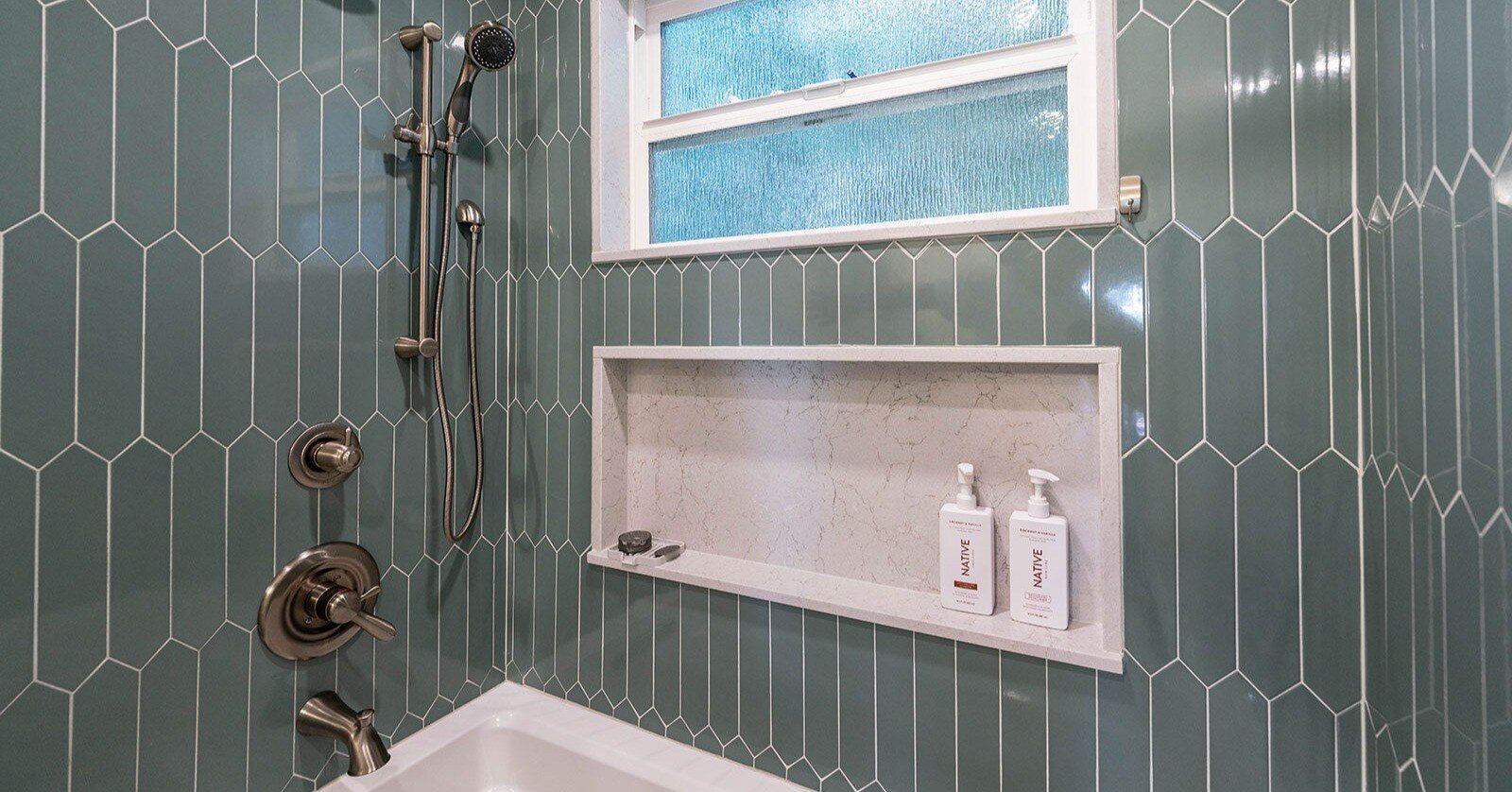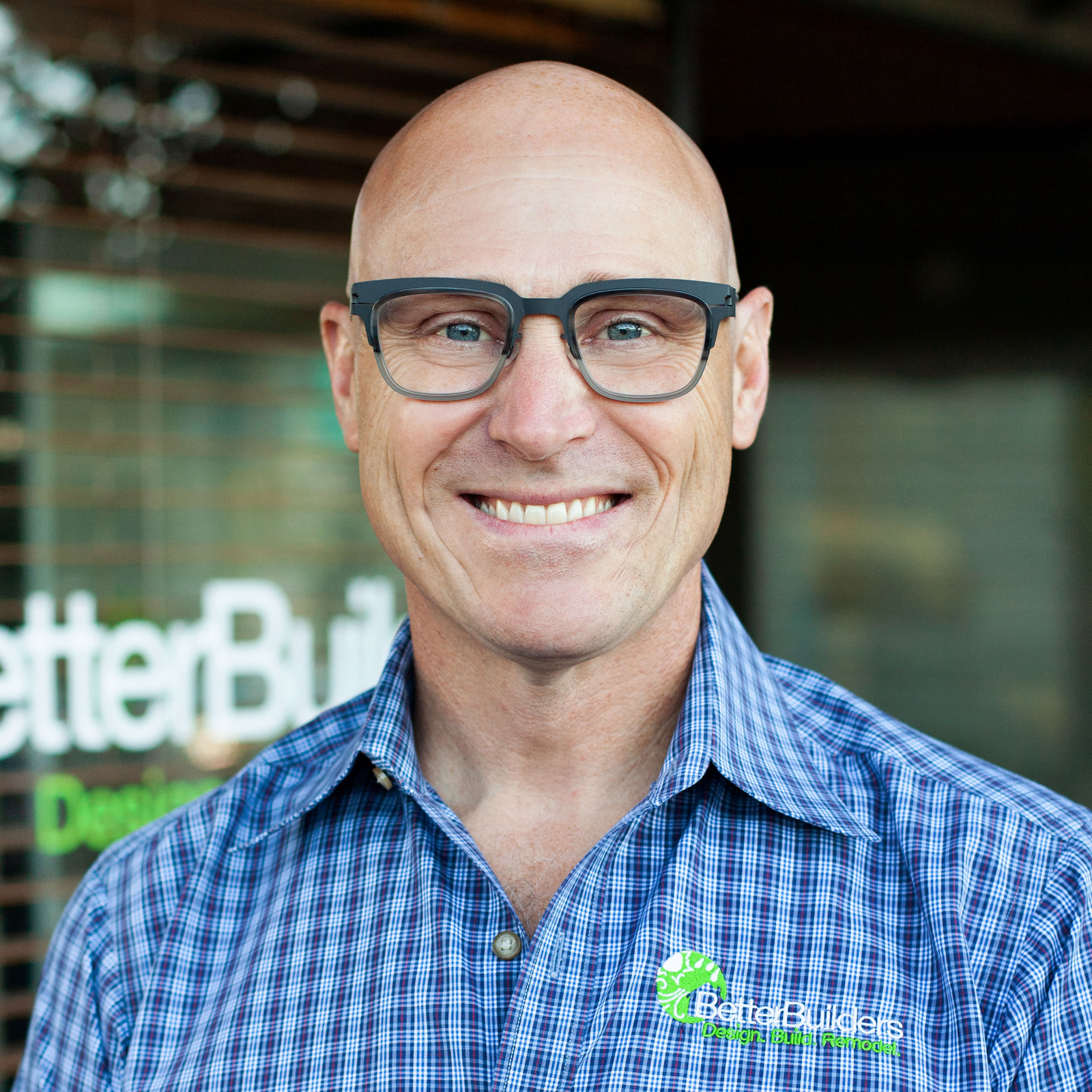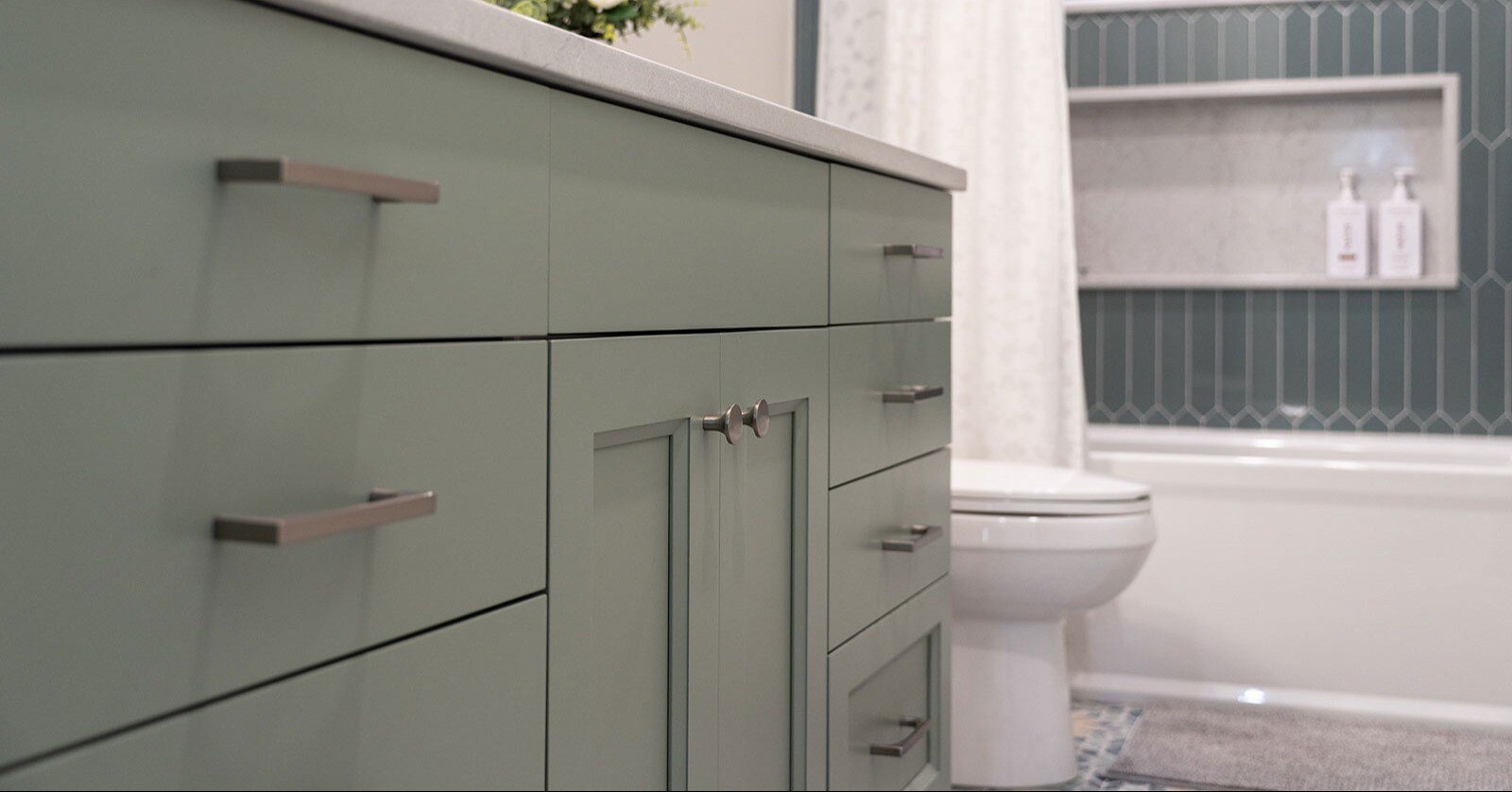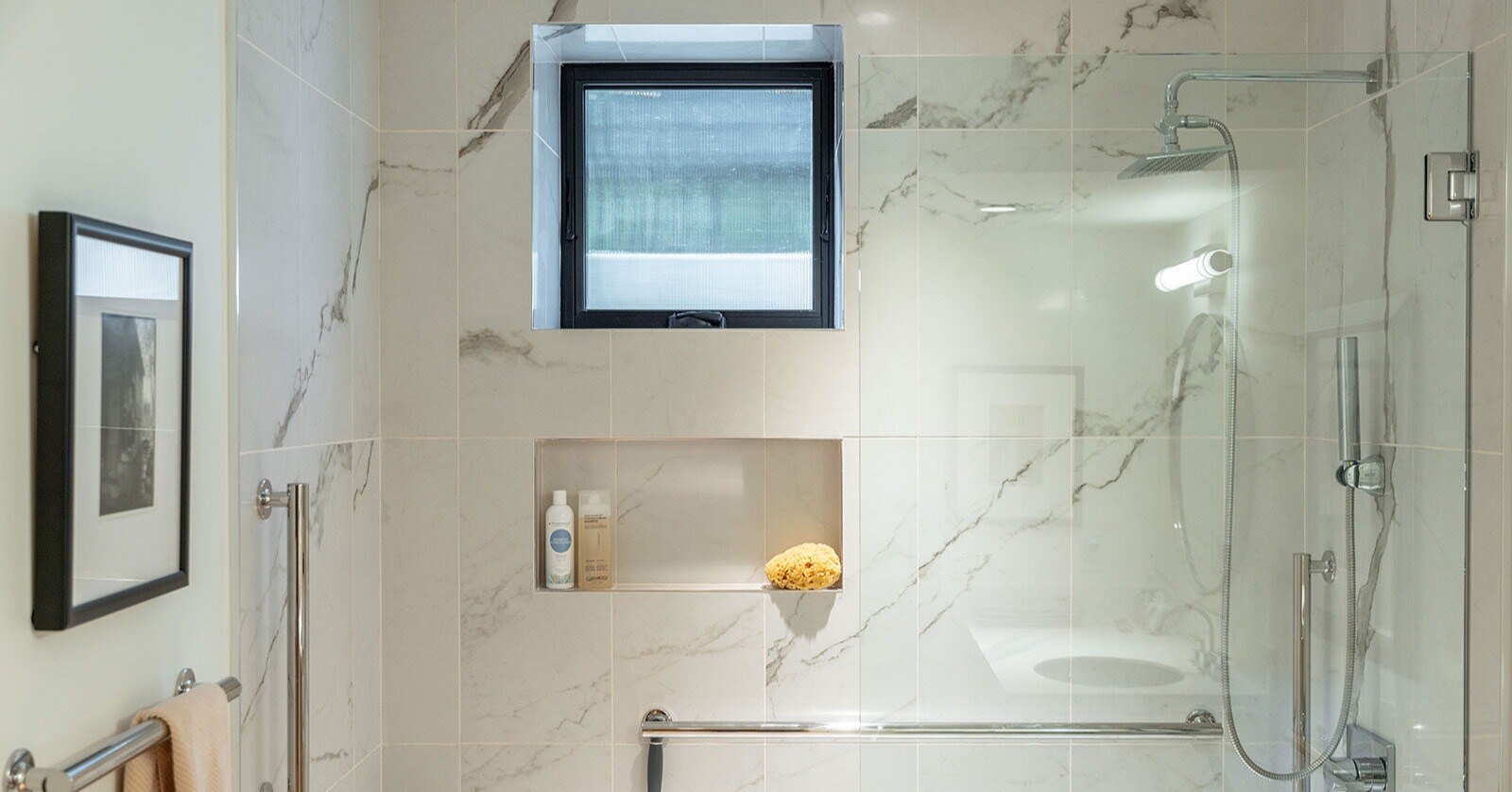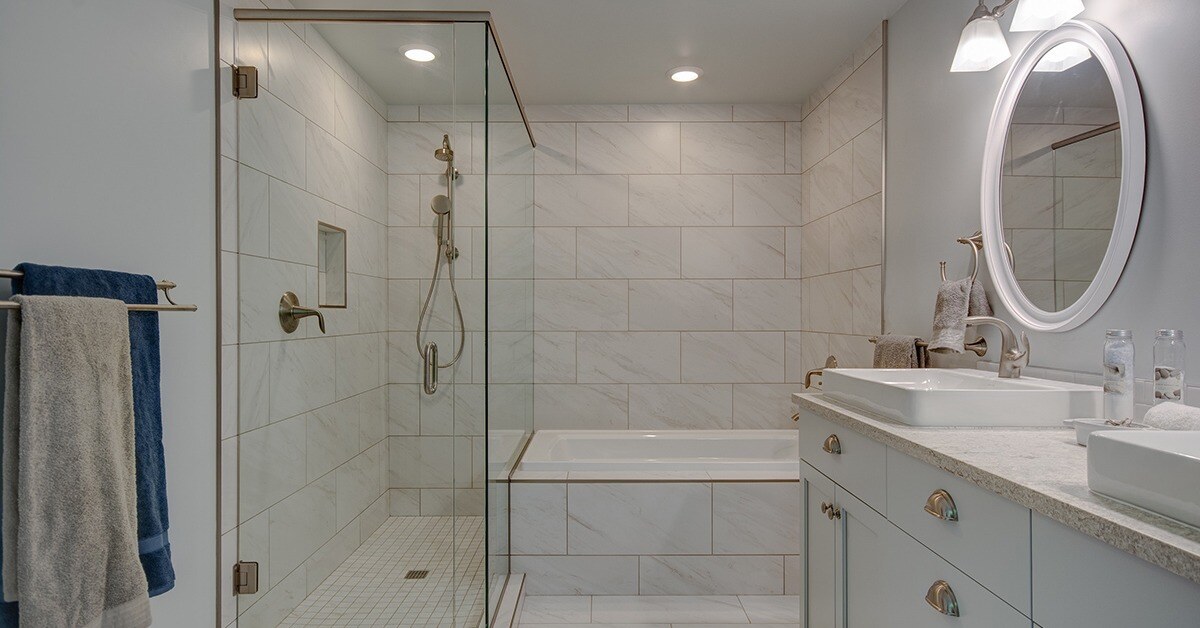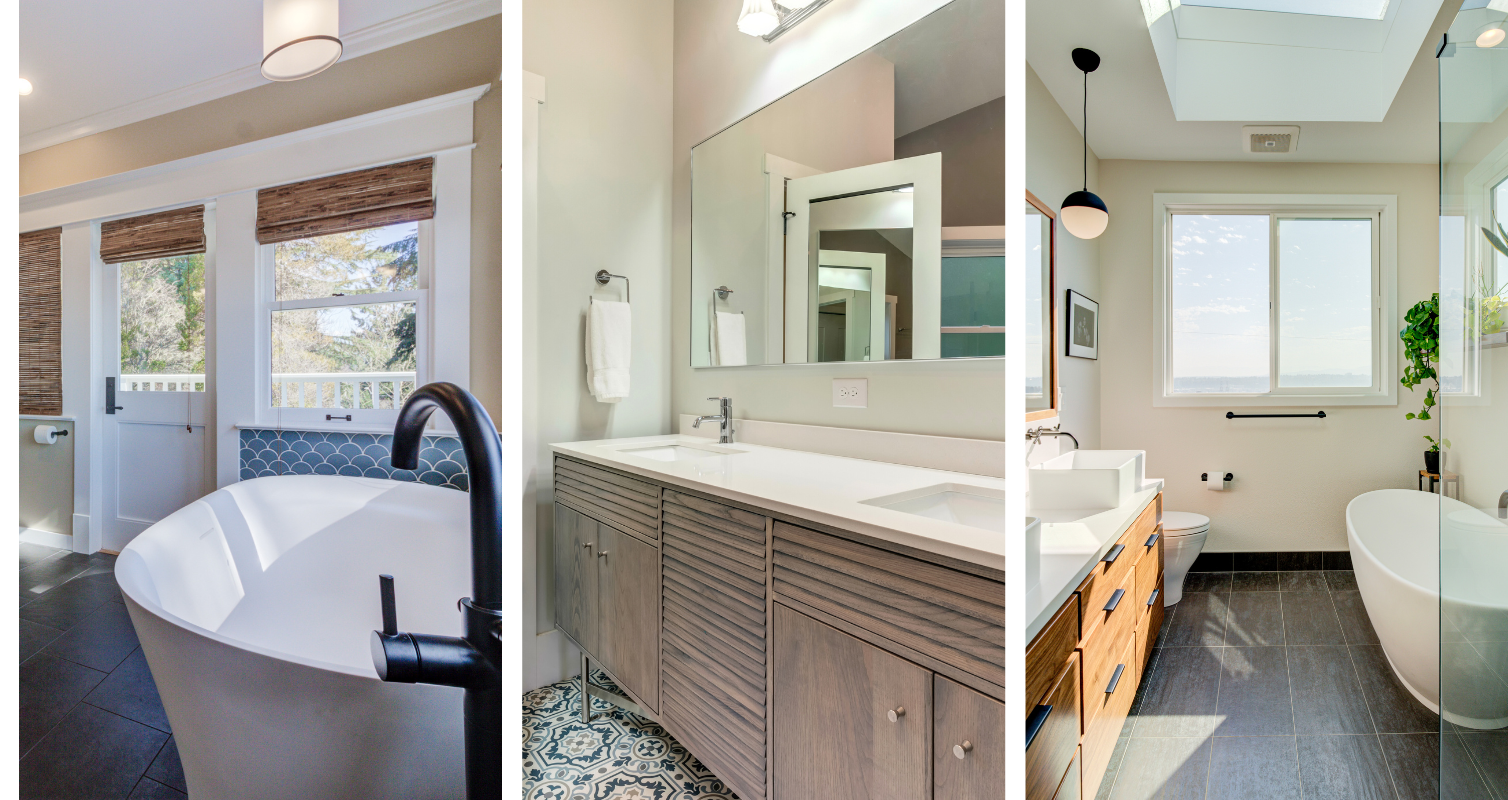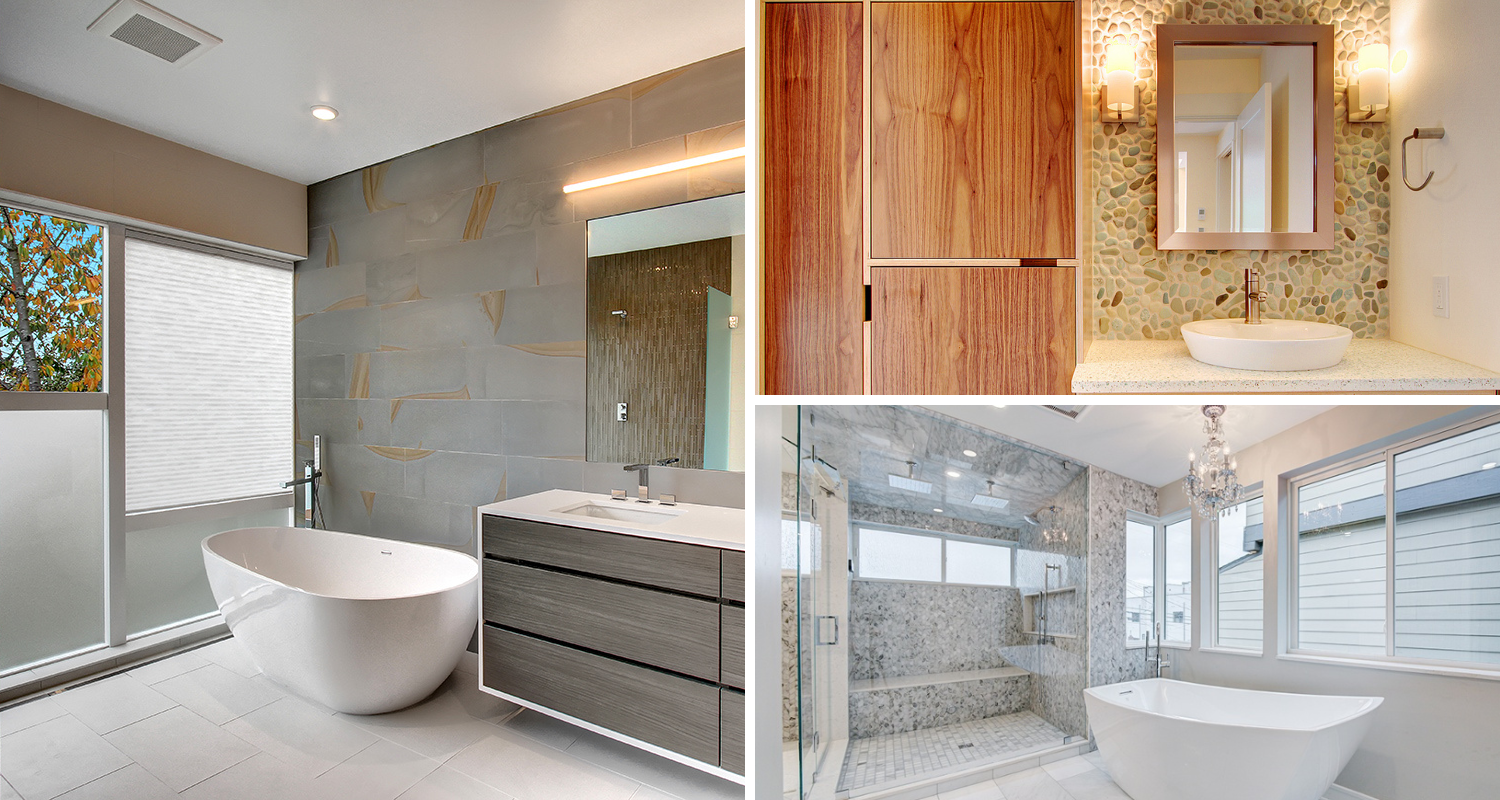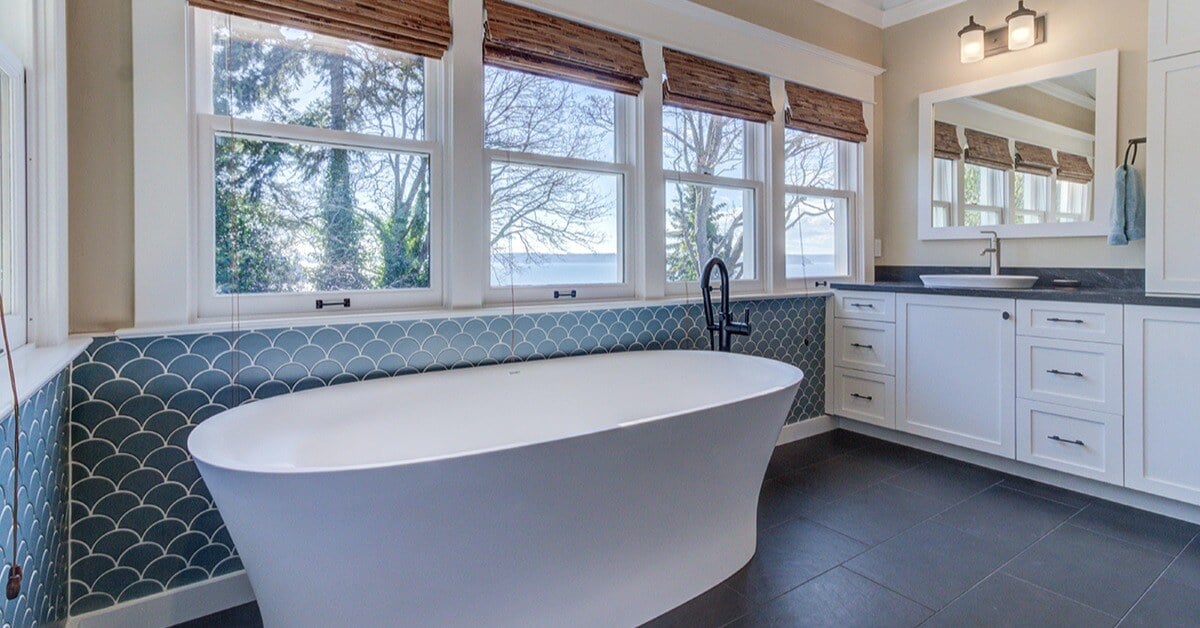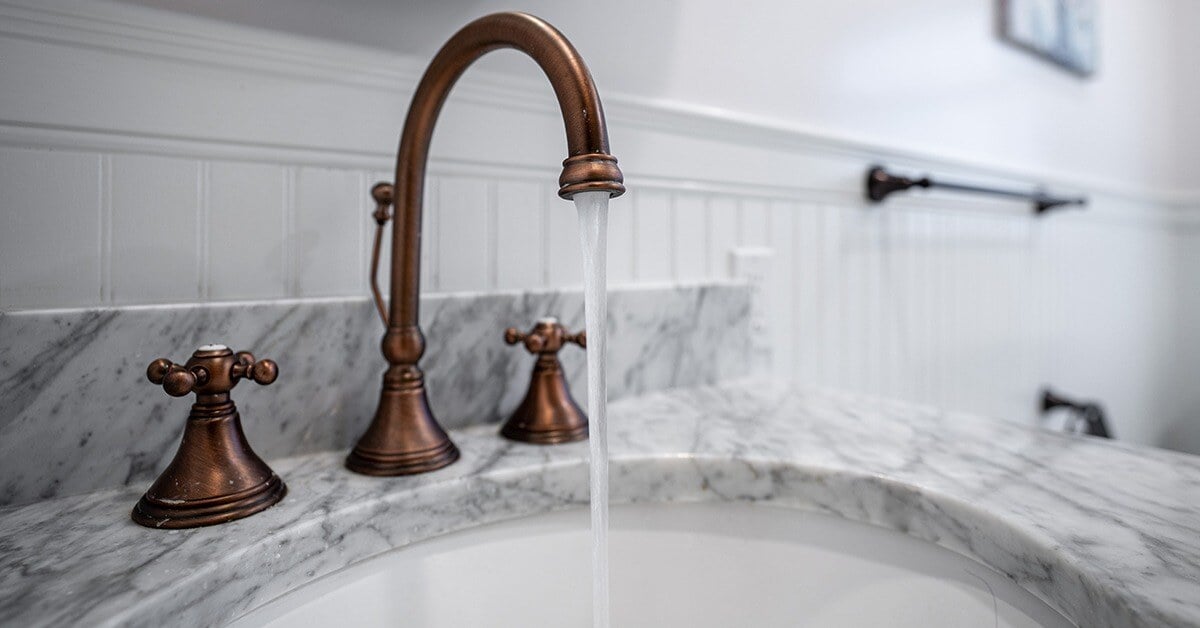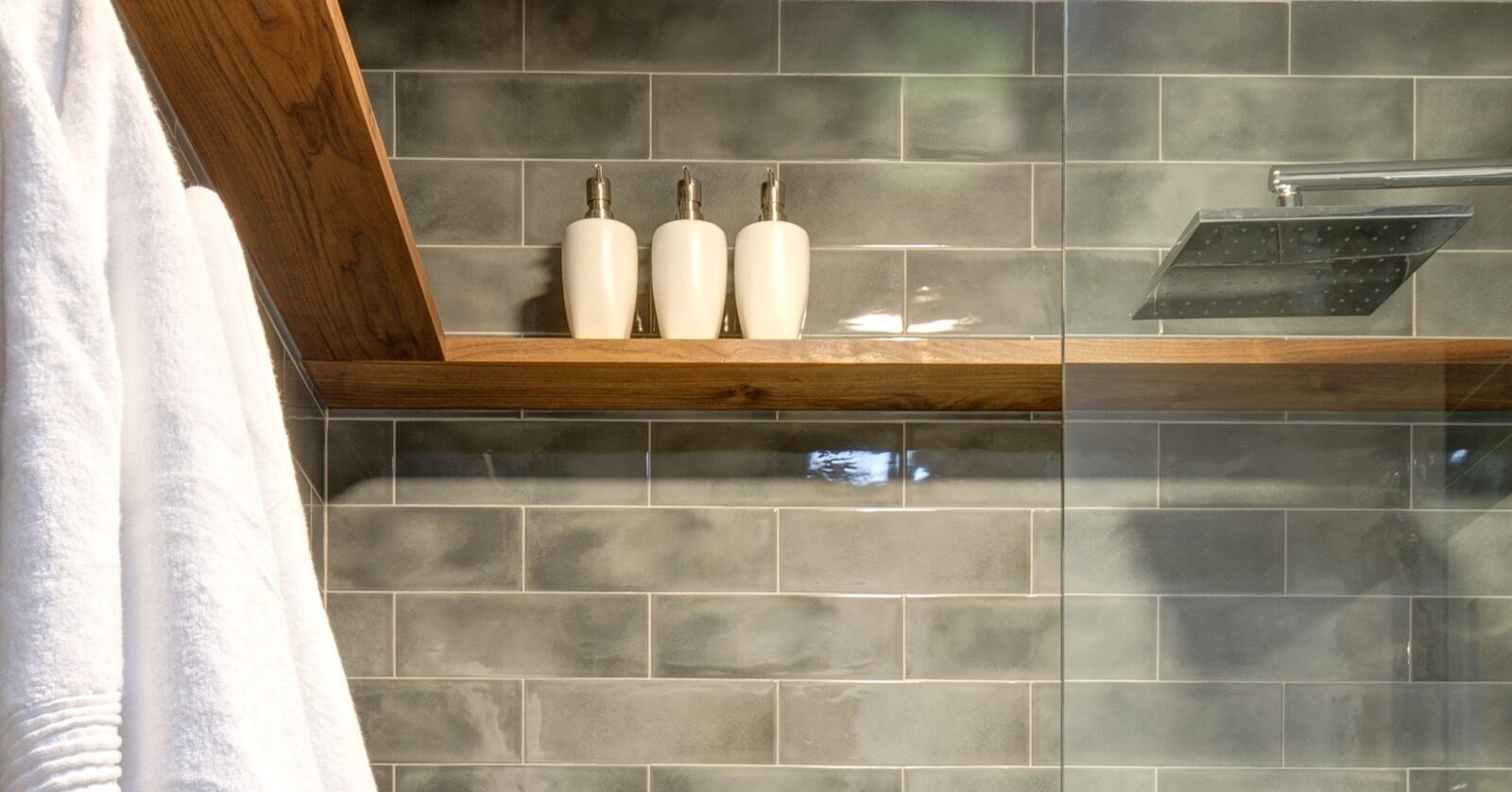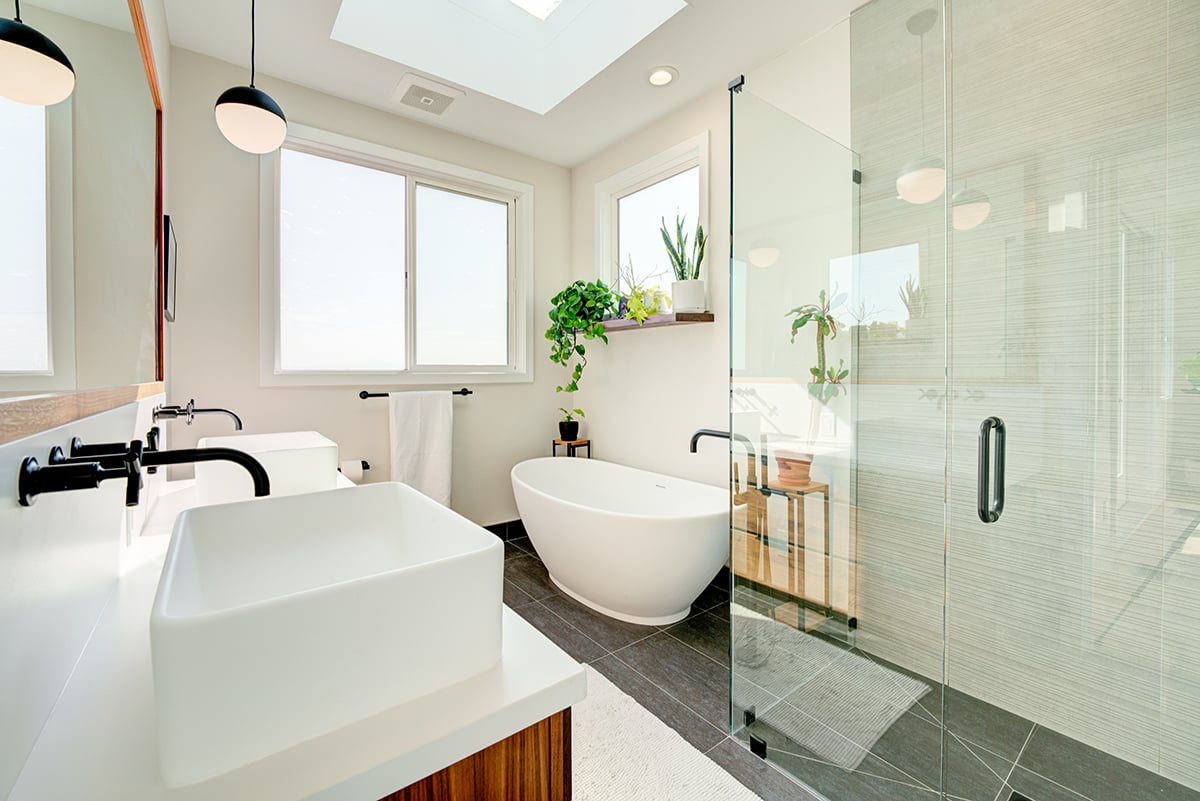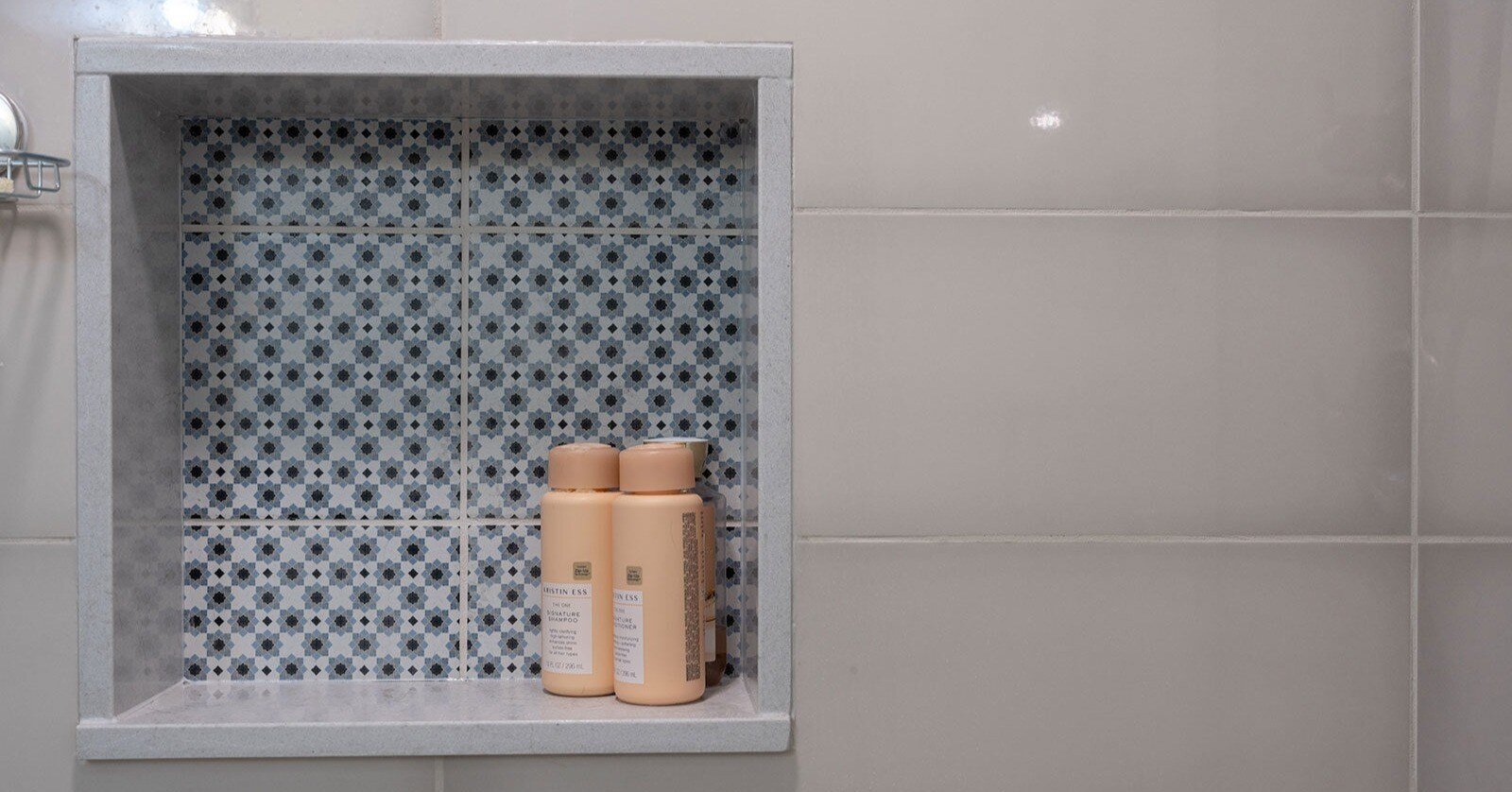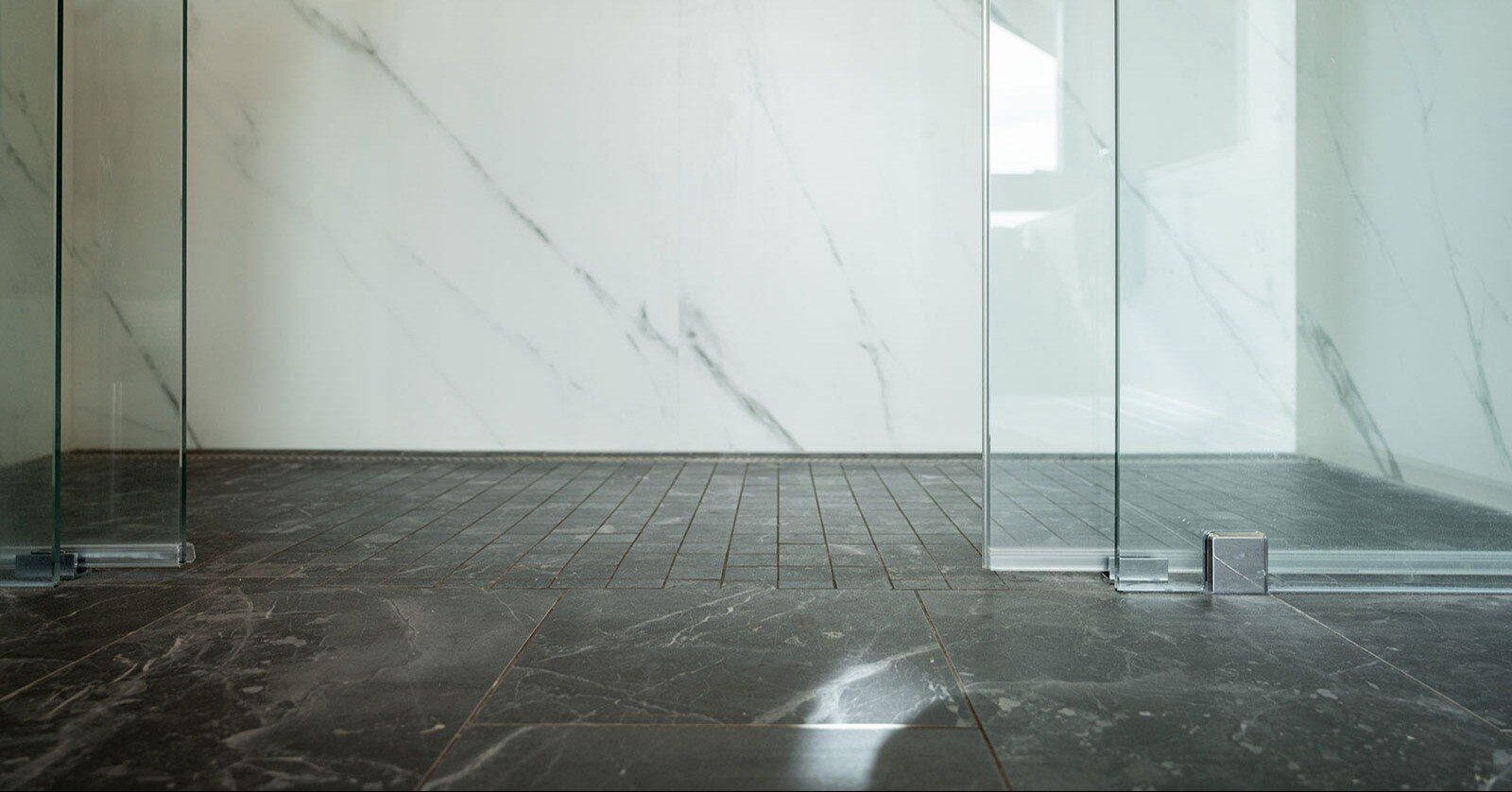Did you know the average American family of four consumes a staggering 400 gallons of water daily? This alarming figure highlights the need to focus on high-water and energy-consuming areas, such as the bathroom.
Every aspect of bathroom design, from the materials used to the fixtures installed, can minimize environmental impact. With growing concerns about ecological footprints and rising energy costs, homeowners are increasingly seeking ways to make their bathrooms more sustainable. Let's explore sustainable bathroom design options that don't sacrifice style or function.
Creating an Eco-Friendly Bathroom: Materials Matter
Choosing eco-friendly materials is a cornerstone of sustainable bathroom design. By opting for renewable, low-impact materials, you can contribute to preserving our planet and improving your home's indoor air quality.
-
Prioritize Eco-Friendly Materials: Opt for natural materials like Marmoleum instead of vinyl flooring.
-
Embrace Recycled & Sustainable Materials: From cabinetry made of recycled materials or reclaimed wood to quartzite countertops and ceramic tiles, eco-friendly choices abound for every bathroom component. Using repurposed vintage tiles can add character while simultaneously reducing environmental impact.
-
Invest in Durability: Another key factor in achieving sustainability is choosing materials that last longer, which means fewer replacements and less waste. Imagine investing in a timeless marble countertop or a long-wearing ceramic tile flooring. These choices not only look great but also reduce your environmental footprint.
-
Reduce VOCs: Many eco-friendly materials have lower volatile organic compounds (VOCs), minimizing harmful emissions and improving indoor air quality.
Eco-Conscious Bathroom Features: Water and Energy Efficiency
Water and energy conservation are paramount in creating a sustainable bathroom. By incorporating thoughtful design choices, you can significantly reduce your environmental impact without sacrificing comfort or style.
Optimize Water Usage
-
Install motion-sensor faucets to minimize water waste.
-
Use less water by installing low-flow faucets and showerheads. These fixtures are carefully designed to reduce consumption without compromising comfort, so preserving their original functionality is essential.
-
Choose a shower fixture with diverter valves that allow you to control the flow to individual fixtures, preventing unnecessary water use.
-
Invest in a heat-retentive cast iron bathtub to reduce hot water refills.
-
Select dual-flush toilets or low-flow toilets for substantial water savings.
-
Install a water leak detection system on your water main to proactively alert you of excessive water consumption and prevent water waste.
Enhance Energy Efficiency
-
Using towel warmers provides luxurious comfort and helps dry towels thoroughly and quickly, reducing the need for frequent washing and associated energy consumption.
-
Install smart lighting with motion sensors or timers for optimized energy use.
-
Upgrade to an exhaust fan that is appropriately sized for the bathroom and includes moisture sensors or timers to ensure efficient ventilation without unnecessary energy expenditure.
-
Consider a bidet that offers a sustainable alternative to traditional toilet paper, reducing waste and environmental impact.
-
Harness natural light. By strategically positioning windows in your bathroom, you can minimize reliance on artificial lighting and use less energy.
Eco-Friendly Bathroom Finishes and Beyond
Every element of your bathroom, no matter how small, offers opportunities to make a positive environmental impact.
-
Choose low-VOC paints: These paints improve indoor air quality and eliminate harmful chemical off-gassing caused by volatile organic compounds (VOCs) commonly found in building materials and paints.
-
Invest in Eco-Friendly Window Coverings: Cellular shades can help regulate temperature, reducing reliance on heating and cooling.
-
Opt for Eco-Friendly Bathroom Products and Accessories: Replace plastic toothbrushes with bamboo toothbrushes or recycled options. Choose eco-friendly textiles for towels, bath mats, and shower curtains.
Partnering for a Sustainable Bathroom Remodel
Enlisting the expertise of a design-build partner who specializes in sustainable design can be invaluable. These professionals possess the knowledge to guide you through the complex world of eco-friendly materials and systems, helping you make informed decisions. They can create a cohesive plan that integrates sustainable choices throughout your bathroom, from the initial design concept to the final installation.
While incorporating eco-friendly elements into your bathroom can be ambitious, it's essential to remember that every step counts. If budget constraints limit your ability to make all desired sustainable choices, focus on high-impact areas such as bathtubs, hard-to-replace fixtures, and structural elements first. These components have a longer lifespan and yield more significant environmental benefits over time. Smaller items, like faucets, light fixtures, accessories, and linens, can be gradually replaced with eco-friendly alternatives as your budget allows.
Imagine a bathroom that's both beautiful and sustainable. Our eBook, "The Complete Guide to Creating a Dream Bathroom," will inspire and inform your renovation journey.

